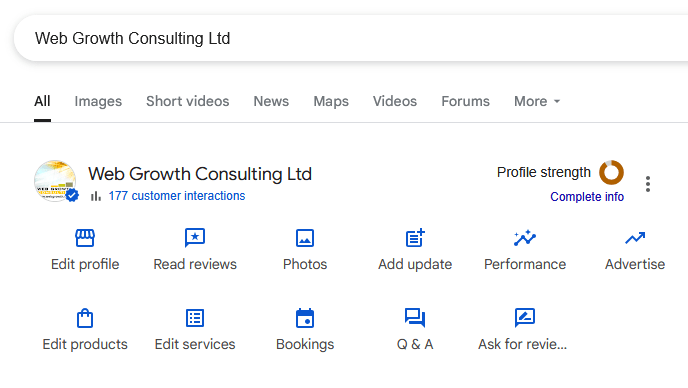So you have just given the go live decision for your shiny new website but you’re wondering what to do next. Well we may not have all the answers but here is a checklist what we think are the most important actions. Some of these are technical checks when the site is live, some are simply marketing and promotion.
#1 Make sure the live website has been moved to the correct live URL and internal links have been updated
Some web developers might develop the website on a staging folder on your hosting so they know the website will work when live. The downside is that there will need to be thorough testing of the live site so everything has been updated to reflect the main URL. This includes URLS of menus and internal links that should now point to the main URL not staging.
Sometimes these links can appear to work if the staging site is still live so be vigilant.
#2 Ensure gatekeeper such as password protection are turned off
If the new website was developed on a staging area then it’s likely it will have gatekeeping blocks to hide the draft website from premature visits by your public users. For example the draft website might be password protected and use a cookie so your testers might not notice that the live site is asking for a login (yes we have done this, thankfully briefly).
#3 Ensure robots.txt file is not blocking search engines
A draft site will likely use a file uploaded to the main folder called robots.txt to discourage search engines from crawling and indexing the draft web development. This is standard and recommended practice as you don’t want Google or Bing to index a folder that is a draft website which will have placeholder text, images and other content that doesn’t reflect the final website.
It is a basic TXT file created in notepad and named robots.txt that search engine bots will check for whether they can crawl the website and location of important files.
This code disallows crawling of the entire site:
User-agent: * Disallow: /
This is what your robots.txt might contain for a draft / test site as it discourages search engines.
When your site goes live the code should change to this:
User-agent: * Disallow: Sitemap: https://www.example.com/sitemap.xml
The sitemap line tells search engines the location of your XML sitemap.
#4 Update the new site with your Google Analytics
Hopefully you have been using Google Analytics for the old site. Ensure the tracking code is added to the new website, but only after it has moved to the URL. This ensures you keep the historical data and can compare the performance of the old website with the new website. If you haven’t got Google Analytics sign up here: https://marketingplatform.google.com/intl/en_uk/about/analytics/
#5 Update and refresh your XML sitemap and submit to Search Console
Generate and refresh your XML sitemap, upload to your website and submit this through Google Search Console – https://search.google.com/search-console/about
#6 Add redirects to important or popular pages
A new website is a good opportunity to simplify and improve website URLs, however don’t lose you hard earned authority of popular pages. If the URL has changed add what are called 301 redirects that tell search engines that a page. See our past blog for information on how to do this 301 redirects.
#7 Add citations and directory submissions
While directory submissions have been devalued, some are still important. Make sure that you tell the important ones that you have a new website. Also use the new website as an opportunity to find and add to new quality directories.
#8 Update, add or claim listings in Google My Business and Bing Places
Your business might want to attract local customers or search engines might have automatically generated an entry for Google My Business and Bing Places. Ensure you update this with news of your new website and check other information so it’s in sync with the new content on your website. Go here to update, claim or add a listing for Google – https://business.google.com/uk/business-profile/ or here for Bing Places https://www.bingplaces.com/
 #9 Tell the world you have a new website
#9 Tell the world you have a new website
Use your social media, networks and other networks to let people know that you have a new website. If appropriate press release to local news and trade press.
#10 Add an extra line and link on email signatures
Have this in place for at least three months.
Get in touch with Dinesh on 07941 686113 or contact us if you need help on web design, web hosting, SEO services or domain names.
Further reading
Image by StartupStockPhotos from Pixabay







